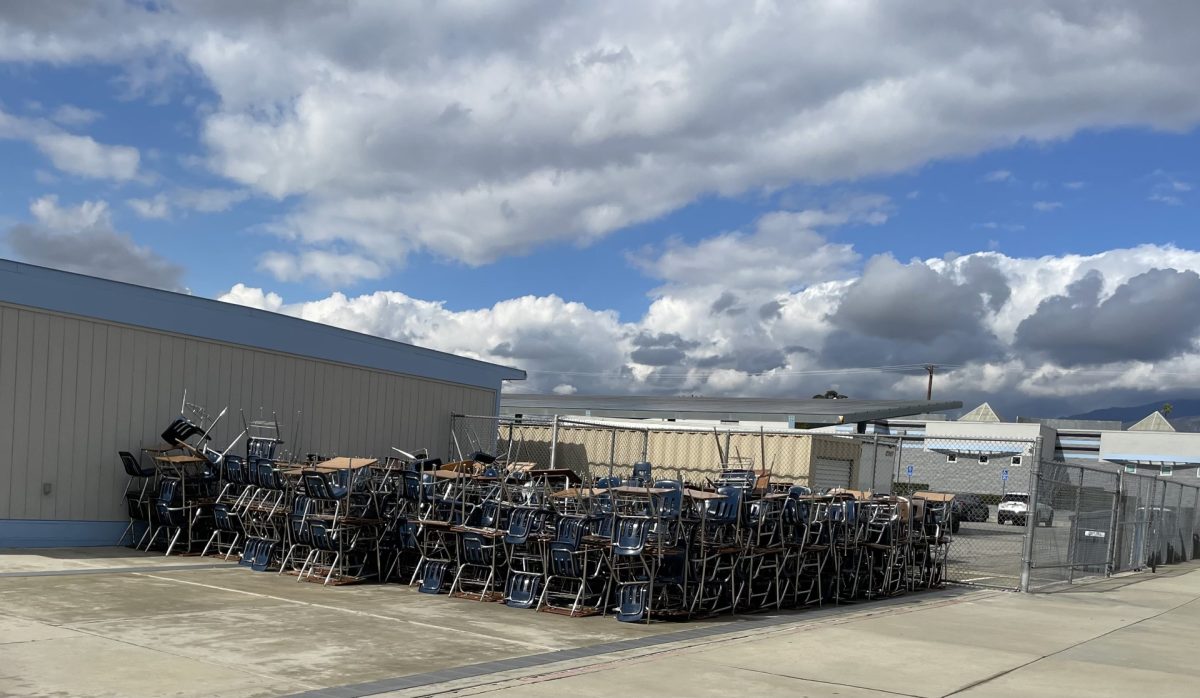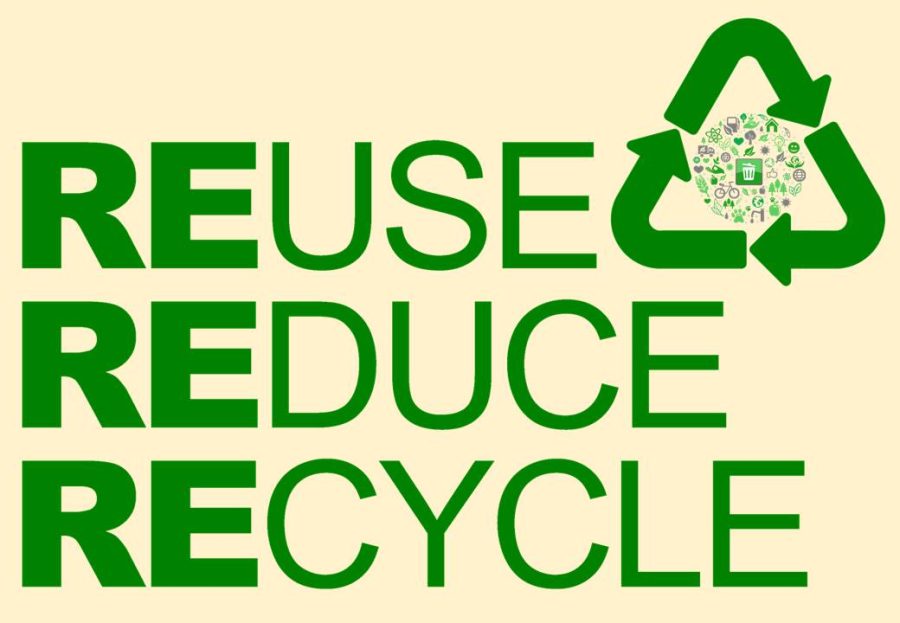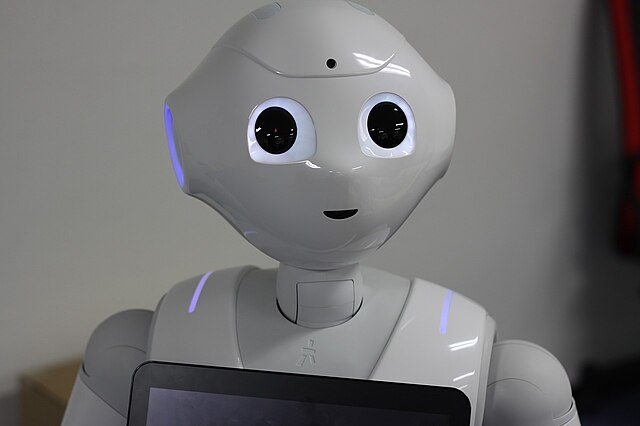Are We Casually Polluting Our Environment?
October 20, 2022
The environment today faces many issues regarding pollution. It ranges from hazardous chemicals entering water sources to plastics entering the ocean. The biggest contributor to pollution in any environment is people. Throughout the human population’s lifetime, we’ve all contributed to pollution in one way or another. In August 2022, the APES (AP Environmental Science) class at MHS conducted an experiment to see how much waste they produced in one week. Students carried a Swag Bag everywhere they went to throw away whatever trash they generated. Students also recorded how many of those items were plastic, metals, paper, cardboard, and so on.
This experiment helped show students how much waste they throw into the waste stream every week. It also shows what items can be recycled and what items are really single-use. The results for many students were shocking as the amount of waste produced in a week was in the hundreds. Students would then calculate how much waste they’d generate in a year and it was either close to or above 10,000 items. Taking into account that there are almost 8 billion people in the world, 10,000 items per person is an absurd amount of waste being produced. There are many different ways to try and reduce the amount of waste that each individual uses which are reusing, recycling, and reducing. It may sound simple but those are the most effective ways to reduce the amount of waste entering the waste stream. This project has made students more aware of the amount of waste they produce and helps students realize what they need to do in order to reduce that amount of waste. If you want to try this project yourself follow the following procedure.
- Obtain a reusable bag to collect all waste
- For the next seven days, take the bag with you wherever you go and constantly mark every item on a tally sheet
- At the end of the week tally the total # of plastics, paper, paperboard/cardboard, aluminum, glass, mixed metals, and Styrofoam
- Once you’ve tallied all the items multiply the total by 52 to see how much waste you produce in a year
- Do not throw away half-eaten food and toilet paper into the bag. Keep count of the total # of toilet paper squares you use





















